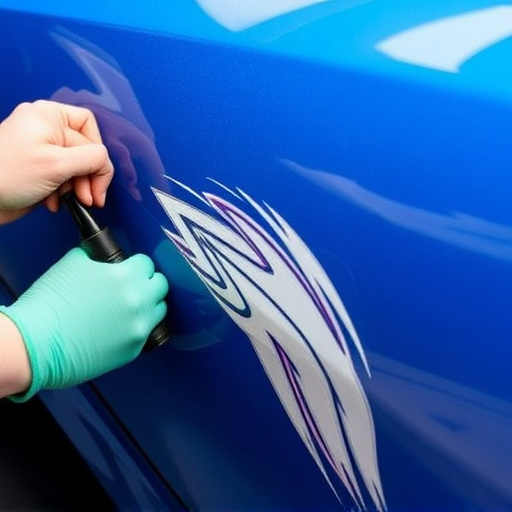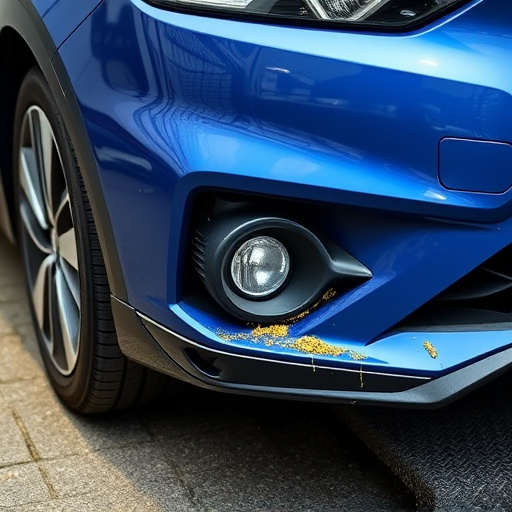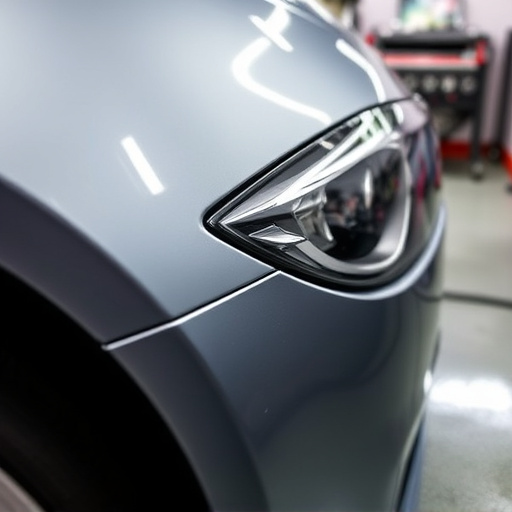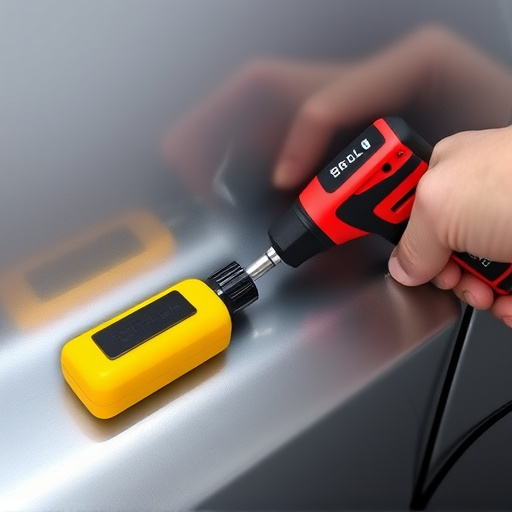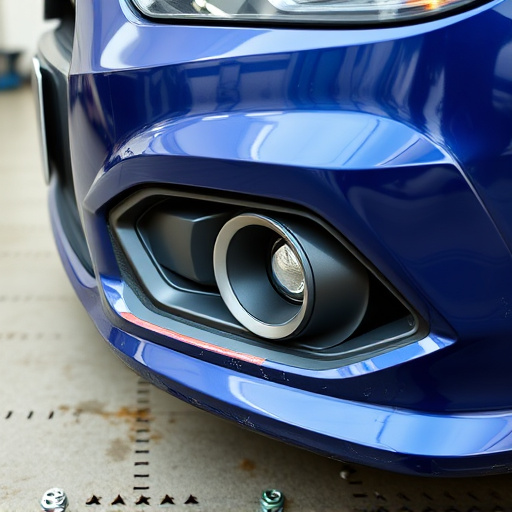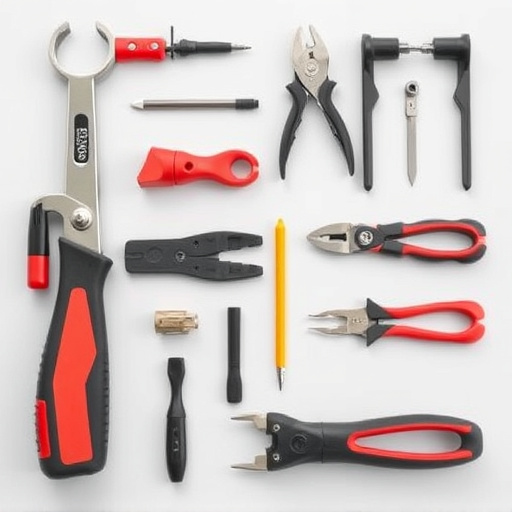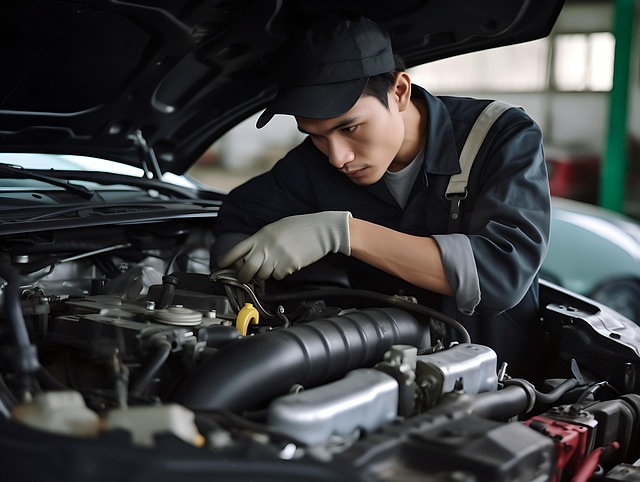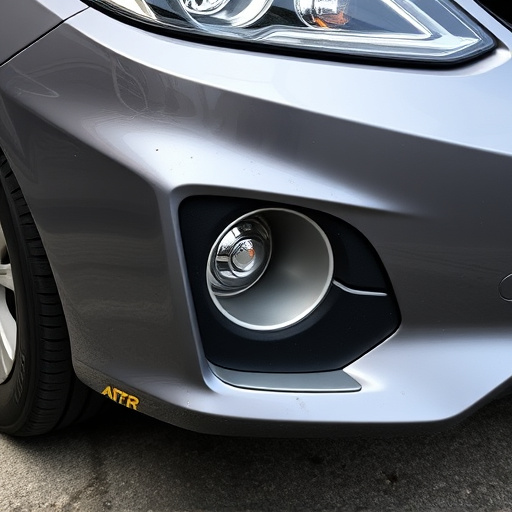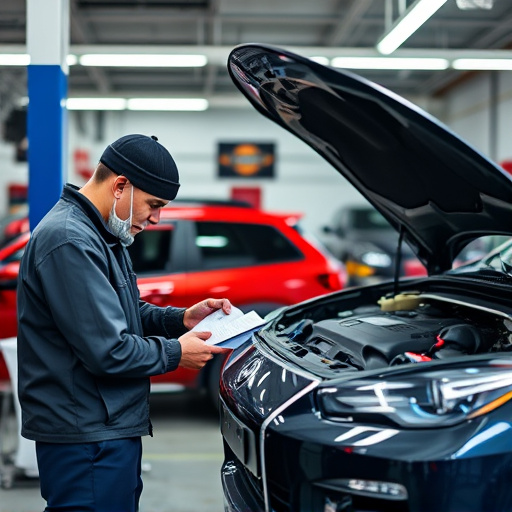A fuel system collision check is a vital post-accident procedure ensuring vehicle safety and accurate insurance claims. Skilled technicians inspect fuel lines, injectors, pumps, and tanks for damage or leaks using specialized tools. This comprehensive assessment guides targeted repairs, preventing future accidents and enhancing road safety, distinguishing it from purely aesthetic auto dent repairs. Clear communication from insurers about findings throughout this process reduces anxiety for vehicle owners and facilitates a smoother transition back to driving.
In the event of a car accident, a thorough understanding of the fuel system’s integrity is crucial for insurance claims. A fuel system collision check plays a pivotal role in assessing damage and determining liability. This article delves into the intricacies of these checks, exploring how they are integral to the claims process. We dissect the significance of identifying fuel system damage, offering insights into what drivers can expect during such inspections, and emphasizing the importance of this often-overlooked aspect of post-accident evaluation.
- Understanding Fuel System Collision Checks
- The Role of Fuel System Damage in Insurance Claims
- Navigating the Process: What to Expect During a Fuel System Collision Check
Understanding Fuel System Collision Checks

A fuel system collision check is a crucial process that plays a significant role in insurance claims and automotive repairs. When a vehicle experiences a collision, it’s essential to assess any potential damage to critical components, including the fuel system. This systematic inspection involves examining various parts such as fuel lines, injectors, pumps, and tanks for signs of harm or leaks. By identifying these issues early on, insurance companies and trusted collision repair shops can facilitate efficient repairs, ensuring vehicle safety and performance.
Conducted by skilled technicians, a comprehensive fuel system collision check helps determine the extent of damage beyond what’s immediately visible. It involves specialized tools and knowledge to detect even subtle issues that could lead to future problems or safety hazards. Once completed, this assessment guides the process of either repairing or replacing affected parts, as opposed to an auto dent repair focused primarily on external aesthetics. This meticulous approach is a game-changer in modern automotive care, ensuring that vehicles return to their optimal state post-collision.
The Role of Fuel System Damage in Insurance Claims

In the aftermath of a collision, assessing the extent of damage to a vehicle’s fuel system is crucial for accurate insurance claims processing. The fuel system, comprising components like fuel tanks, lines, and injectors, plays a vital role in determining the overall safety and operability of a vehicle. Damage to these parts can range from minor leaks to complete system failure, posing significant risks if left unaddressed. Therefore, conducting a thorough fuel system collision check is essential, as it helps identify potential hazards, ensures proper repair, and facilitates a smoother claims process for both policyholders and insurance providers.
This systematic inspection involves visually examining the fuel tank for dents or cracks, checking for leaks in lines and connections, and verifying the condition of injectors. In an automotive body shop, skilled technicians utilize specialized tools to diagnose any issues within the fuel system. Prompt attention to these details can prevent future accidents, facilitate efficient auto collision repair, and ultimately contribute to safer road conditions for everyone.
Navigating the Process: What to Expect During a Fuel System Collision Check

Navigating the Process: What to Expect During a Fuel System Collision Check
When your vehicle experiences a collision, the insurance claim process can be complex. One critical step often involves a thorough inspection of the fuel system, which is essential for safety and liability assessment. A fuel system collision check includes examining components like fuel tanks, lines, pumps, and injectors for any damage or leaks. Insurance adjusters or trained professionals will meticulously look for signs of disintegration, corrosion, or misalignment that might have occurred during the accident. This process helps determine if repairs are needed beyond what’s visible on the surface, such as with vehicle paint repair or auto detailing, focusing on the underlying structural integrity of the fuel system and vehicle bodywork.
During this check, you can expect clear communication from the insurer about the findings. They will explain any identified damages, including potential issues that might require specialized attention. It’s a meticulous process designed to ensure your vehicle is safe to operate after repairs are made. Understanding what to anticipate beforehand can help reduce anxiety and promote a smoother transition back on the road.
A thorough understanding of the fuel system collision check process is essential for policyholders navigating insurance claims. By recognizing the role of fuel system damage in claims settlements, individuals can better prepare for potential collisions and ensure a seamless claims process. This informative guide has outlined the key steps involved in these checks, empowering folks to navigate the complexities with confidence. Remember, a proactive approach to understanding your vehicle’s systems, especially regarding fuel system collision checks, can prove invaluable when dealing with insurance claims.


